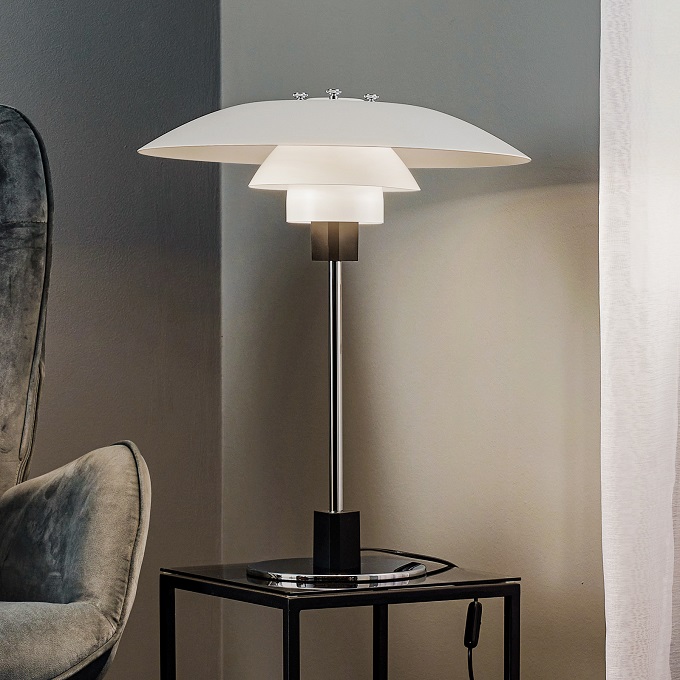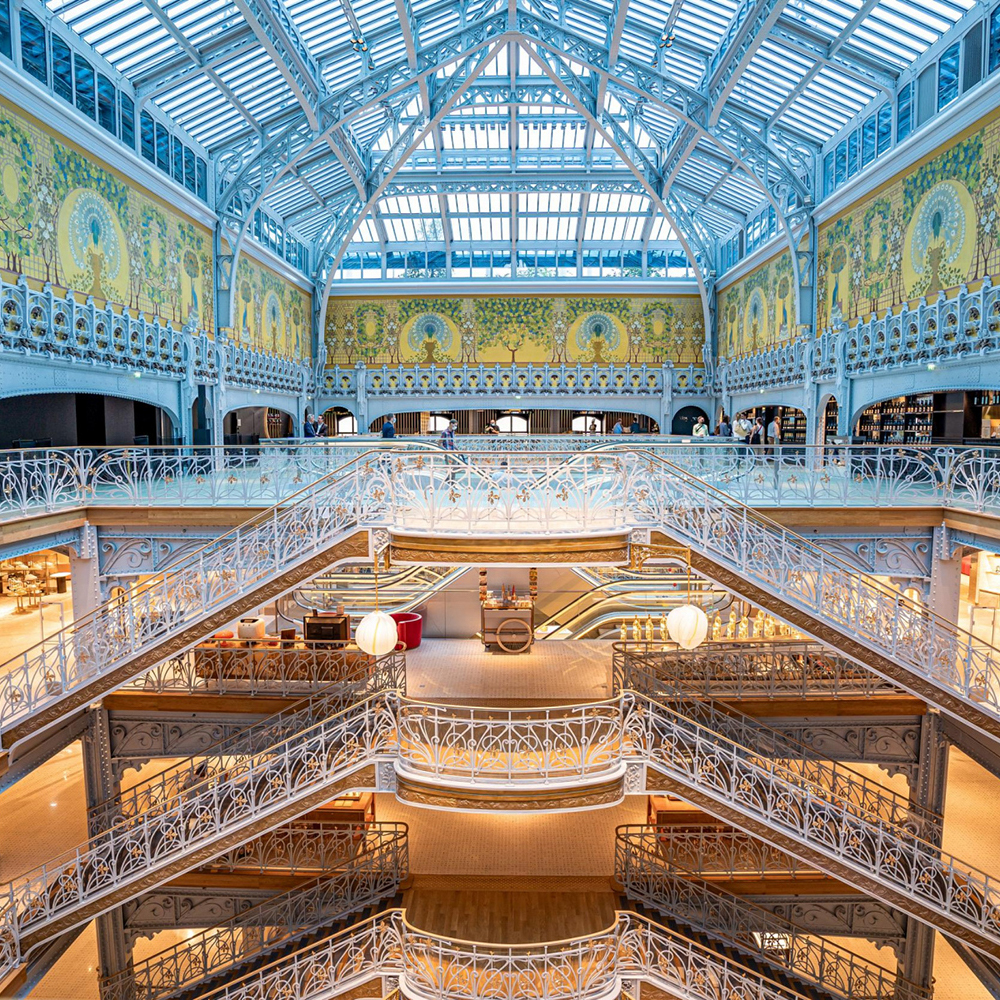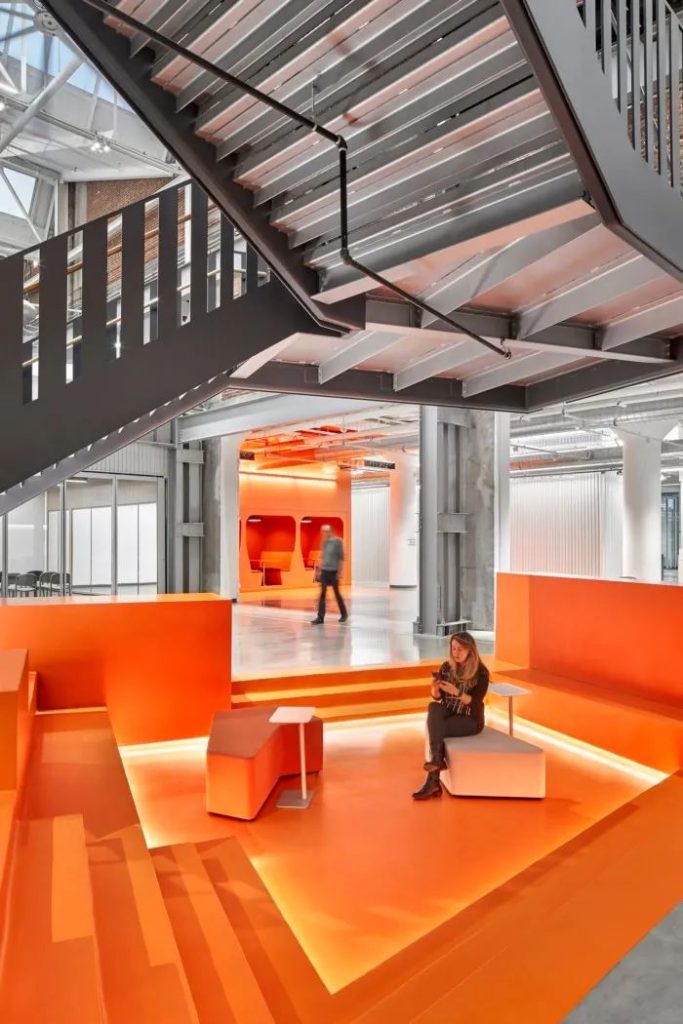Introduction
Scandinavian design has become increasingly popular in recent years, and for good reason. Known for its simplicity and functionality, this design style has a timeless beauty that transcends trends. One of the key elements of Scandinavian design is the use of natural materials such as wood. In this article, we explore the beauty of wood in Scandinavian kitchen design and how it can create a charmingly minimalistic aesthetic.
The Appeal of Wood in Scandinavian Kitchen Design
Wood is a fundamental element of Scandinavian design because of its natural beauty and warmth. When used in a kitchen, it can create a cozy and inviting atmosphere that is perfect for cooking and entertaining. In addition, wood is a versatile material that can be used in a variety of ways to create different effects. For example, light-colored woods such as oak and birch create a bright and airy vibe, while darker woods like walnut and cherry add a touch of sophistication.
Materials
When it comes to Scandinavian kitchen design, the materials used are just as important as the overall layout and style. In addition to wood, other materials commonly used are stone, concrete, and metal. These materials create a modern and minimalist aesthetic that is both functional and stylish. The combination of these materials creates a perfect balance between warm and cool tones, resulting in a harmonious and inviting kitchen.
Colors and Textures
The color palette of Scandinavian design is typically neutral and muted. Soft grays, creamy whites, and light beige are common choices for walls, floors, and cabinetry. This muted color scheme provides a calming and soothing backdrop that allows the natural beauty of wood to shine. Textures are also an important element of Scandinavian design. Mixing textures such as smooth stone and rough wood creates visual interest and depth.
Design Elements
Cabinets
Cabinetry is a key element of any kitchen design, and in Scandinavian kitchens, it is typically simple and streamlined. Flat-panel cabinets with clean lines are a popular choice, and the use of handle-less cabinets adds to the minimalist aesthetic. Cabinets are often painted in muted colors such as white or gray, or left in their natural state to showcase the beauty of the wood.
Countertops and Backsplashes
When it comes to countertops and backsplashes, natural stone is a popular option in Scandinavian kitchens. Marble, granite, and soapstone are all classic choices that add a touch of luxury to the room. For a more minimalistic look, concrete or stainless steel can provide a modern touch. Backsplashes can be made out of the same material as the countertops, or tiled with sleek and simple ceramic tiles.
Lighting
Lighting is an essential element of Scandinavian kitchen design, as it can transform the mood and functionality of the space. Large windows or skylights are a popular choice, as they allow natural light to flood the room. Pendant lighting is also commonly used, with sleek and simple designs that add to the aesthetic. In addition, under-cabinet lighting provides a practical and stylish touch, illuminating the workspace and adding a warm glow.
Conclusion
In conclusion, using wood in Scandinavian kitchen design adds a timeless beauty that is both functional and stylish. Natural materials, muted colors, and simple lines create a minimalistic aesthetic that is both calming and inviting. The combination of these elements creates a harmonious and welcoming space that is perfect for cooking, entertaining, and spending time with loved ones. By incorporating the design elements discussed in this article, you can create a charmingly minimalistic Scandinavian kitchen that will stand the tes
















